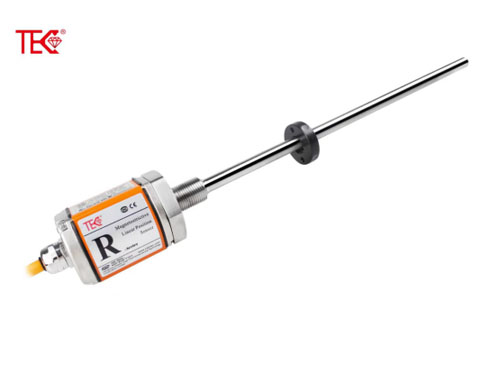What are the applications of magnetostrictive sensors in wind power?
The global transition toward renewable energy has positioned wind power as a cornerstone of sustainable electricity generation. Within this rapidly evolving industry, advanced monitoring technologies play a pivotal role in ensuring operational efficiency and reliability. Among these technologies, magnetostrictive sensors have emerged as a transformative solution for addressing the unique challenges faced by wind turbine operators. These sophisticated sensors utilize the magnetostrictive effect—where ferromagnetic materials change shape under magnetic fields—to deliver precise, real-time data critical for maintaining optimal turbine performance.
Precision Blade Condition Monitoring
Wind turbine blades represent both the most critical and vulnerable components in energy capture systems. Magnetostrictive sensors excel in monitoring blade structural integrity through continuous strain and stress measurement. These sensors detect microscopic deformations along the blade surface, enabling operators to identify developing cracks, delamination, or structural fatigue long before they become critical issues. This proactive approach significantly reduces catastrophic failure risks while extending operational lifespan through data-driven maintenance scheduling.
Structural Health Assessment Systems
The towering structures of wind turbines face constant environmental stresses from wind loads, gravity, and thermal cycling. Magnetostrictive sensors provide comprehensive structural health monitoring by measuring torque, vibration patterns, and load distribution throughout the turbine's support structure. This continuous assessment allows engineers to detect abnormal vibrations, potential tower oscillations, and foundation stresses that could compromise structural integrity, ensuring operational safety and preventing costly structural failures.
Gearbox and Drivetrain Performance Optimization
Within the nacelle, magnetostrictive sensors deliver unparalleled accuracy in monitoring rotational components. They provide precise measurements of shaft torque, rotational speed, and torsional vibrations in gearboxes and generators. This data enables early detection of misalignment, bearing wear, and lubrication issues that traditionally lead to costly downtime. By maintaining optimal drivetrain performance, these sensors directly contribute to increased energy production and reduced maintenance costs.
Pitch Control and Blade Angle Adjustment

Modern wind turbines rely on precise blade pitch control to maximize energy capture while protecting against overspeed conditions. Magnetostrictive sensors provide accurate angular position feedback for pitch systems, ensuring blades maintain optimal angles relative to wind direction. This precise control enhances energy production efficiency while preventing dangerous operational scenarios during high-wind events, ultimately contributing to both increased revenue and enhanced safety protocols.
Condition-Based Maintenance Implementation
The integration of magnetostrictive sensors enables a shift from scheduled maintenance to condition-based strategies. By providing real-time data on component health, these sensors allow maintenance teams to intervene precisely when needed, avoiding both unnecessary maintenance and unexpected failures. This approach maximizes turbine availability, reduces operational costs, and extends the service life of critical components through data-driven decision making.
Ice Detection and Prevention Systems
In colder climates, blade ice accumulation presents serious operational challenges. Magnetostrictive sensors detect ice formation through changes in blade vibration characteristics and mass distribution. This early detection enables automated anti-icing systems to activate before ice accumulation affects aerodynamic performance or creates dangerous ice-throw situations. This capability ensures consistent energy production while addressing critical safety concerns in cold weather operations.
As wind turbines continue to scale in size and complexity, the role of magnetostrictive sensors becomes increasingly vital. Their ability to provide accurate, reliable data under extreme conditions makes them indispensable for ensuring the reliability, efficiency, and safety of wind power installations worldwide. The continued advancement of this technology promises even greater contributions to the optimization and cost reduction of renewable energy generation in the coming years.
 UpgradingYourLevelMeasurementS
UpgradingYourLevelMeasurementS
 Why are magnetostrictive level
Why are magnetostrictive level
 ComparingMagnetostrictiveandRa
ComparingMagnetostrictiveandRa
 MagnetostrictiveLevelSensorfor
MagnetostrictiveLevelSensorfor
